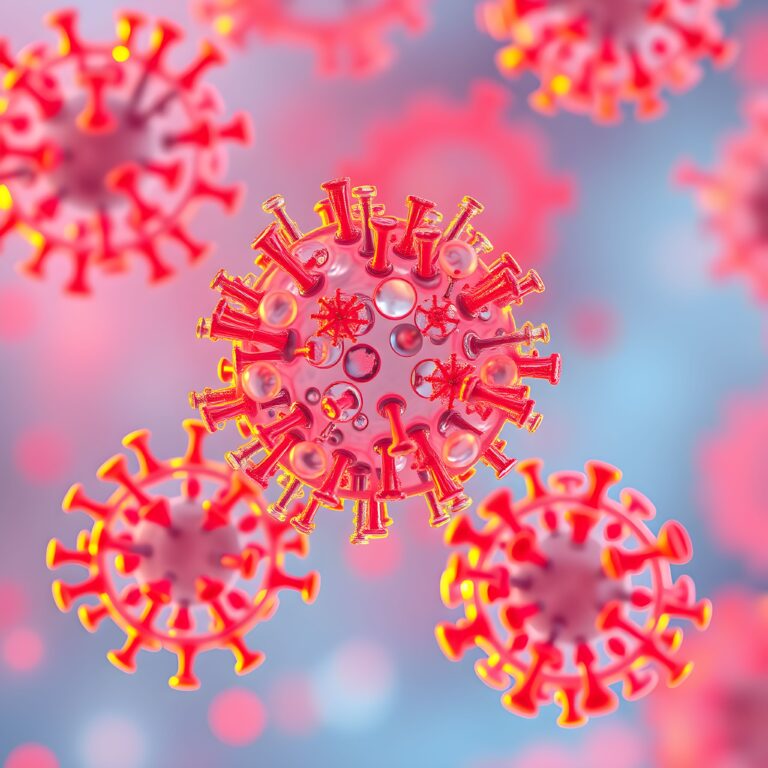Norovirus outbreaks have become a growing concern for the cruise ship industry in recent years. With increasing reports of these incidents, it’s essential to understand the factors behind this surge and explore preventive measures to ensure passenger safety. In this article, we delve into the rising number of norovirus outbreaks on cruise ships, highlight key contributors, and discuss effective strategies for prevention.
Understanding Norovirus:
Norovirus, commonly referred to as the “stomach bug,” is a highly contagious virus that causes gastroenteritis. It spreads through contaminated food, water, surfaces, and person-to-person contact. Symptoms include nausea, vomiting, diarrhea, stomach cramps, and fever. While norovirus affects various settings, it has gained particular attention within the cruise ship industry due to its potential to rapidly spread in close quarters.
The Surge in Norovirus Outbreaks:
Over the past few years, there has been a significant increase in norovirus outbreaks on cruise ships. Factors contributing to this surge include:
High Passenger Turnover: Cruise ships welcome thousands of passengers from different regions, increasing the likelihood of introducing norovirus to the ship.
Close Quarters: The confined spaces and shared facilities on cruise ships provide an ideal environment for norovirus transmission.
Recirculated Air: The ventilation systems on cruise ships may contribute to the spread of norovirus particles if proper filtration and sanitization protocols are not in place.
Frequent Port Stops: Visiting multiple ports during a cruise allows for potential exposure to norovirus in various locations, making it challenging to trace the source of an outbreak.
Preventing Norovirus Outbreaks:
To combat norovirus outbreaks on cruise ships, implementing robust preventive measures is crucial. Here are some key strategies for passengers and cruise lines:
Rigorous Hygiene Practices: Encourage passengers to practice frequent handwashing with soap and water for at least 20 seconds. Cruise lines should provide hand sanitizers throughout the ship and promote their usage.
Enhanced Cleaning and Sanitization: Cruise ships should adopt strict cleaning protocols, focusing on high-touch surfaces and shared areas. The use of hospital-grade disinfectants can effectively kill norovirus particles.
Crew Training: Proper training for crew members regarding norovirus prevention and response is essential. They should be knowledgeable about early detection, isolation procedures, and maintaining a hygienic environment.
Food Safety Measures: Cruise lines should enforce rigorous food handling and preparation protocols, ensuring that all food is properly cooked, stored, and served. Regular inspections and monitoring can help identify potential risks.
Guest Awareness: Cruise lines must educate passengers about norovirus symptoms, prevention methods, and the importance of reporting any illness promptly. Clear signage and onboard announcements can help raise awareness.
Conclusion:
The surge in norovirus outbreaks on cruise ships demands immediate attention to ensure passenger safety and maintain the reputation of the industry. By prioritizing rigorous hygiene practices, enhanced cleaning protocols, and crew training, cruise lines can minimize the risk of norovirus transmission. Passengers should also remain vigilant, practicing good hygiene habits and following guidelines provided by the cruise line. By working together, we can create a safer environment for all cruise ship passengers and mitigate the impact of norovirus outbreaks.












